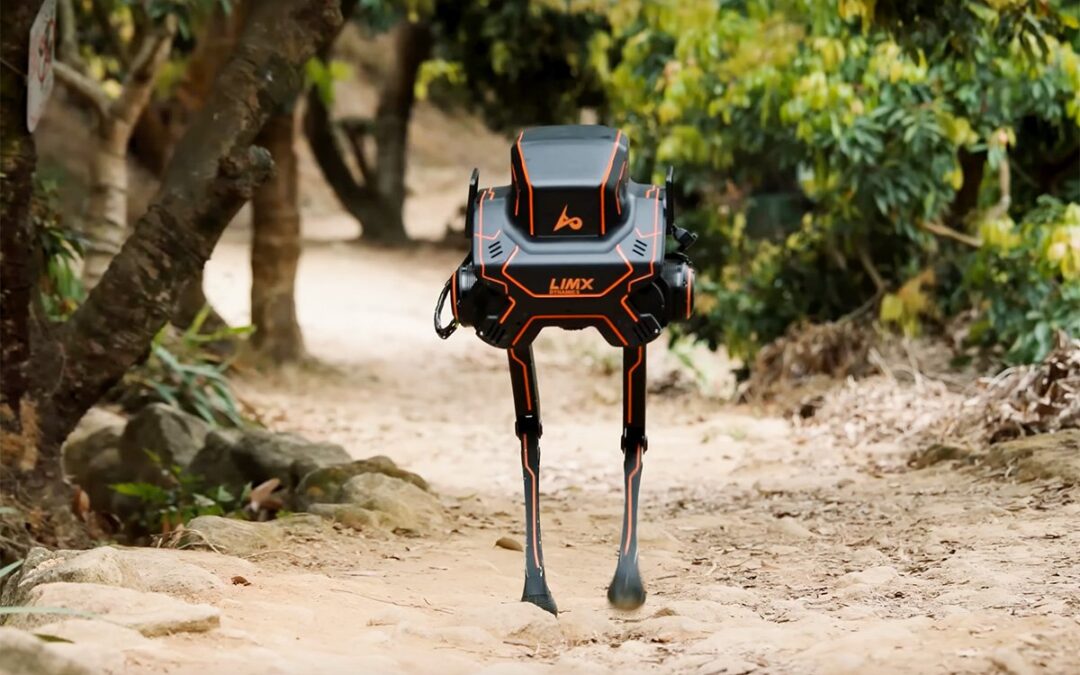LimX Dynamics, a pioneering robotics company based in China, has recently made headlines with its innovative biped robot, P1. This robot represents a significant leap in the field of robotics, showcasing exceptional abilities to navigate complex terrains and adapt to challenging environments. Here, we delve into the features, training, and potential applications of the P1 robot, illustrating its importance in the evolution of robotic technology.
Unveiling the P1 Robot
The P1 robot, developed by LimX Dynamics, is a testament to the company’s commitment to creating versatile and resilient robots. Unlike traditional robots designed for specific tasks, P1 is built to perform a variety of functions across different settings. This bipedal robot, resembling a pair of legs without an upper body, is designed to mimic the AT-ST walkers from “Star Wars,” albeit on a much smaller scale and without armaments.
Training and Technology
P1’s training regimen is rooted in advanced computer simulations using reinforcement learning, a method where the robot learns optimal behaviors through trial and error, receiving rewards for desirable actions. This approach has equipped P1 with exceptional control and stability, even in environments that were not part of its initial training simulations.
During a demonstration on Tanglang Mountain in China, P1 impressively maintained its balance across grassy fields, rocky ditches, and steep slopes. The robot’s performance was particularly notable as it successfully navigated these terrains despite being subjected to physical disturbances, including being struck by a tree branch.
Potential Applications
The robust design and adaptive capabilities of the P1 robot open up a plethora of potential applications, particularly in areas where human presence might be risky or impractical. One of the most promising uses for P1 is in search-and-rescue operations. The robot’s ability to traverse difficult terrains and maintain stability under challenging conditions makes it an ideal candidate for missions that involve finding and assisting people in disaster-stricken areas.
Moreover, the technology behind P1 could be instrumental in advancing other fields such as autonomous exploration of hazardous environments, military reconnaissance without risking human lives, and complex industrial tasks that require mobility in irregular landscapes.
Future Prospects
While the P1 robot is currently listed as a product on LimX Dynamics’ website, details regarding pricing, availability, and specific consumer applications remain unspecified. However, the demonstration videos and the robot’s performance suggest a bright future, where such technologies could significantly aid in tasks that are currently challenging or dangerous for humans.
Conclusion
The development of the P1 biped robot by LimX Dynamics marks a significant advancement in robotics. Its ability to adapt to new and challenging environments, combined with the potential for various practical applications, underscores the growing role of robotics in solving real-world problems. As LimX Dynamics continues to refine and expand its robotic technology, the possibilities for enhancing human capabilities and reaching new frontiers in automation and safety are boundless.

